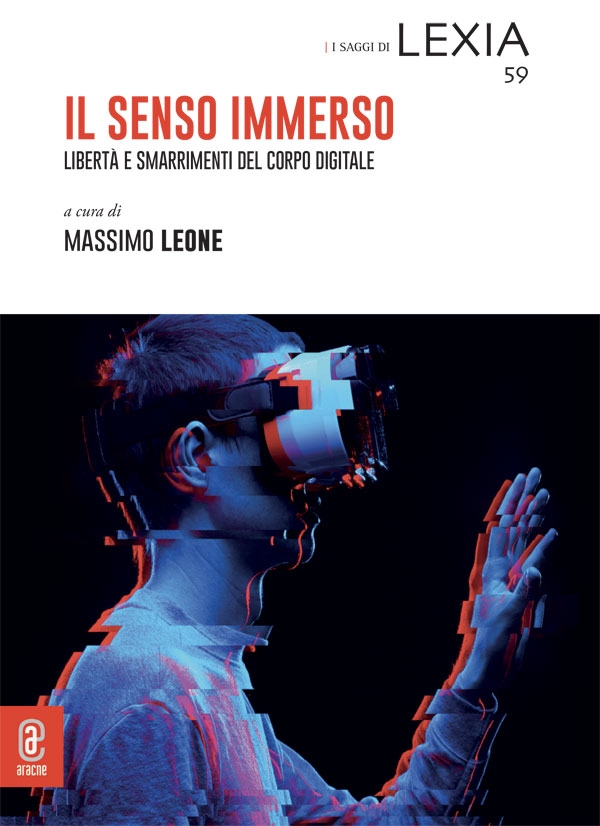Estratto dal volume Il senso immerso
Rivoluzioni digitali. Il senso immerso nello spazio pubblico e virtuale iraniano
DOI: 10.53136/979122181652525
Pagine: 521-532
Data di pubblicazione: Febbraio 2025
Editore: Aracne
SSD:
M-FIL/04 M-FIL/05
Just as religious space is shaped by the bodies that traverse it, delimit it, respect it, and sanctify it, resistance to religion also manifests through the body that rejects its dictates, secularizes itself, and sheds part of its weight. Religious space is not a fixed and peaceful place but encompasses processes of conflict and negotiation. This is evident in the case of the Islamic Republic of Iran, where politics and religion have been intertwined since 1978 with the establishment of the Velayat-e Faqih political system: the governance of the jurist. While it is true that Iran’s recent history has seen the body assert its presence forcefully in public spaces, as happened during the 1978–79 revolution, the progressively disembodied body of contemporary Iran continues to fight for space, even if it is predominantly virtual. During the 2022–2023 protests, the movement sparked by the death of Mahsa Jina Amini gradually transformed from a wave of anger expressed in streets and squares into a symbolic and disembodied action within the virtual space. The disembodiment of the protests and their increasing immersion in the digital network have yielded varied political effects. On the one hand, the disembodied protests did not culminate in a genuine popular revolution in Iran. On the other hand, nearly two years after the beginning of the Zan, Zendegi, Azadi (Women, Life, Freedom) movement, the reincarnation of some of its initial demands has become tangible and observable even in public spaces.


